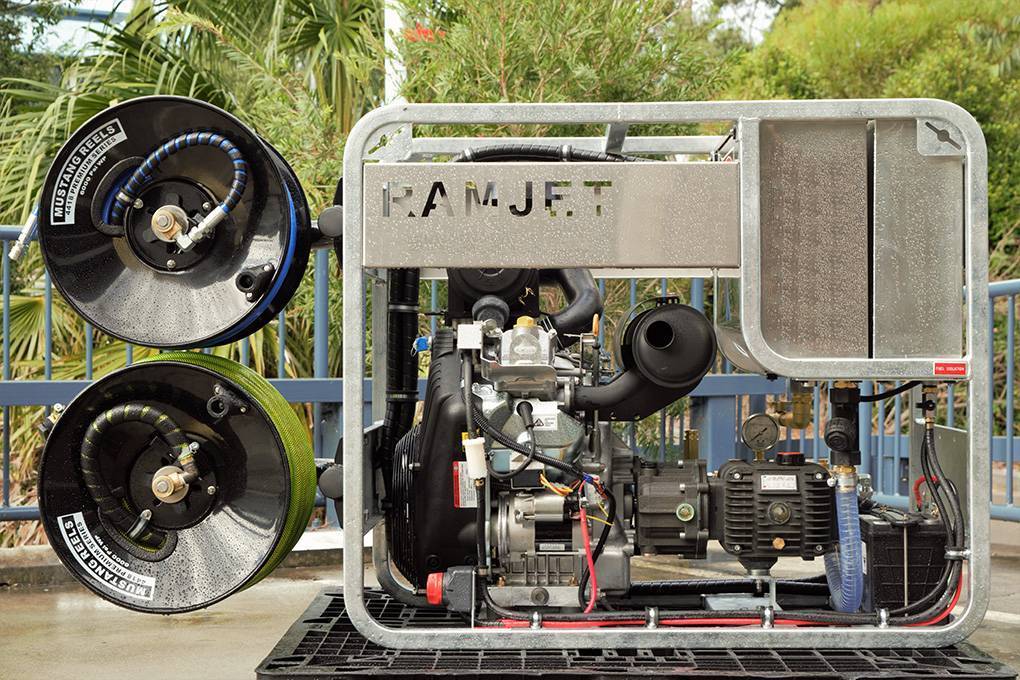


"We see no feature that hasthose distinguishing characteristics in the known vicinity of the impact,suggesting there was no major explosion and fireball."ĭark smudges marred Jupiter's atmosphere after pieces of thecometShoemaker-Levy 9 slammed into the planet in 1994. "If it did, dark sooty blast debris would have beenejected and would have rained down onto the cloud tops, and the impact sitewould have appeared dark in the ultraviolet and visible images due to debrisfrom an explosion," Hammel explained. Thatsuggests the object did not descend beneath the clouds and explode as afireball, astronomers said. Images taken on June 7 ? a little over three days after theflash was discovered ? showed no sign of debris above Jupiter's cloud tops. The Hubble Space Telescope's sharp vision and ultravioletsensitivity was called into action to seek out any traces of the aftermath ofthe cosmic collision. But, withno visiblescar or debris cloud from the impact, there was no telling how deep theobject penetrated into the atmosphere. Meanwhile, in the Philippines, amateurastronomer Chris Go confirmed the discovery from his own simultaneous videorecording of the transitory event.Īstronomers around the world determined that an object musthave whacked the gas giant in order to unleash a flash of energy that wasbright enough to be seen 400 million miles (643.7 million km) away. (EDT) on June 3, while watching a live videofeed of Jupiter from his telescope. It was Australian amateur astronomer Anthony Wesley whofirst saw the flash at 4:31 p.m. The tale of Jupiter's latest cosmic hit is one that kept scientistsguessing until now. The researchers predict that these ammonia clouds willlikely clear out in a few months, as it has typically done in the past. "Weather forecast for Jupiter's South Equatorial Belt:cloudy with a chance of ammonia," Hammel said. In the latest Hubble view, a slightly higher altitude layerof white ammonia ice crystal clouds appears to obscure the deeper, darker beltclouds.


 0 kommentar(er)
0 kommentar(er)
